 |
| We didn't see any black-footed ferrets or mule deer while we were in the park but we did see buffalo prairie dogs and deer. |
 |
| "Today only foundation blocks mark the site of this second home" |
 |
| Click to read |
 |
| Roosevelt presidential ad campaign shows Roosevelt cleaning up the U.S (represented by the eagle). |
 |
| The Maltese Cross cabin, the main house on Roosevelt's first ranch, was a substantial, soundly built structure that now stands behind the south unit visitor center. |
 |
| Sometimes the trails really went down into the canyons. As you can see, I really meant the "down" part. |
 |
| Still going down. |
 |
| We didn't end up going back up this way. |
 |
| This is where we went up but we didn't go back to the top of the hill. |
 |
| This shows the high and low trail that we hiked at this location. |
 |
| You really can't tell in this photo but it looked like the hills were leaking gold. |
 |
| Nope, you still can't see what I mean by this photo. Bummers. |
 |
| We saw wild horses a couple of times. |
 |
| This photo shows the black layer of lignite coal. |
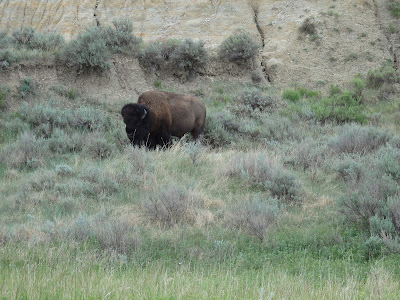 |
| We saw buffalo quite a few times. This fellow was just hanging out along the road up to Buck Hill, the highest point in the park at 2,855 foot. |
 |
| From the top of Buck Hill we could see buffalo hanging out along the water's edge. |
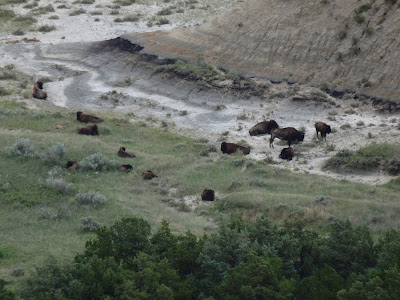 |
| Had to zoom in with the camera to really see them. |
 |
| Rocks on the top of Buck Hill. |
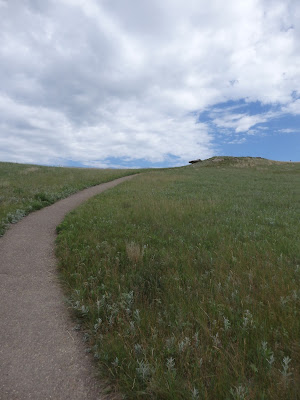 |
| Trail to the top of Buck Hill. |
 |
| Don't know what this was growing on the trees along the Painted Canyon trail. |
 |
| Start of the Boicourt Overlook trail. |
 |
| Yep, Prickly Pear cacti in North Dakota. |
 |
| I can't believe how soft these dwarf sage brush bushes are. |
 |
| Those people are standing out at the end of Boicourt Trail. |
 |
| Ah thistle, they're everywhere, aren't they? |
 |
| Worn sandstone. |
 |
| View of the Little Missouri River from Wind Canyon Trail. |
 |
| From the top of the Wind Canyon Trail we could see the buffalo headed toward the road. They caused a buffalo jam. |
 |
| Wind Canyon |
 |
| Globemallow |
 |
| Another group of buffalo head toward the road as we are leaving Wind Canyon. |
 |
| There are lots of prairie dog towns throughout the park. |
 |
| The National Park road goes over I-94. |









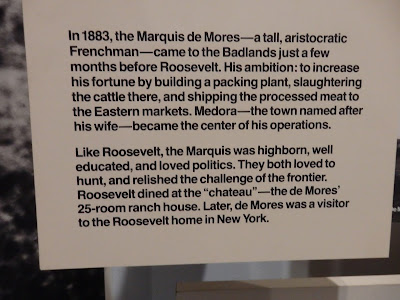







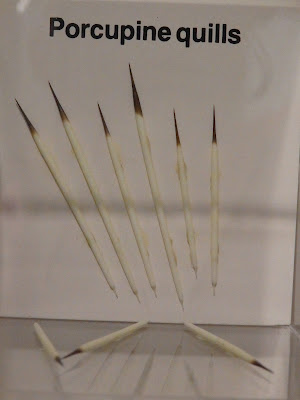














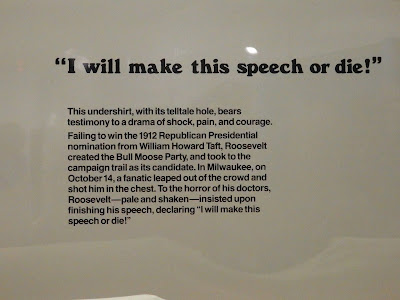




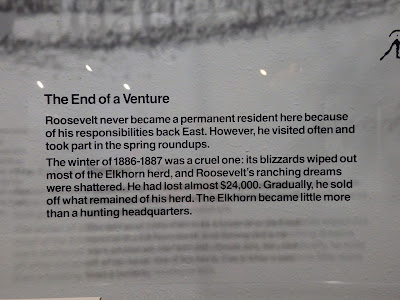





































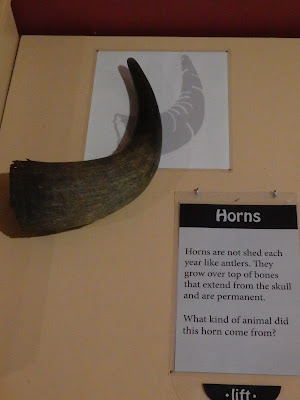
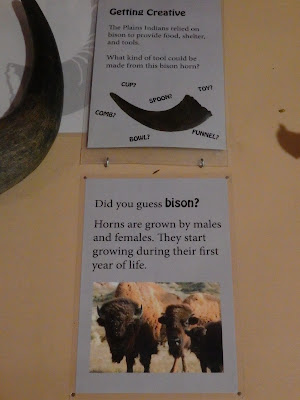






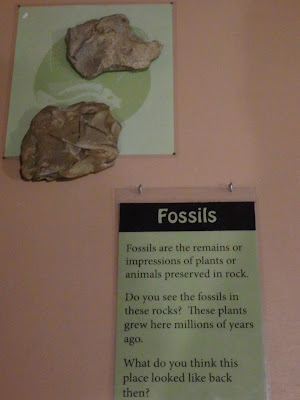






















































No comments:
Post a Comment